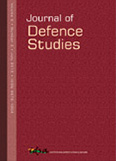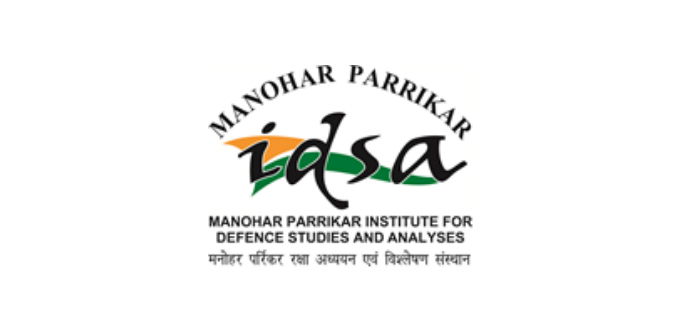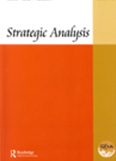Kautilya’s Arthashastra and Chanakya Niti
Traditionally, Kautilya or Vishnugupta, is considered the author of Arthashastra. He is also known as Chanakya, the scholar and chief minister who ‘destroyed the power of the Nandas and placed Chandragupta Maurya on the throne of Magadha’ in the 4th century bc. By the name of Chanakya, he had also authored a text known as Chanakya Niti. However, there is no proper understanding in the general public about the seminal work authored by Kautilya such as the Arthashastra and Chanakya Niti.
- P. K. Gautam |
- January-March 2023 |







